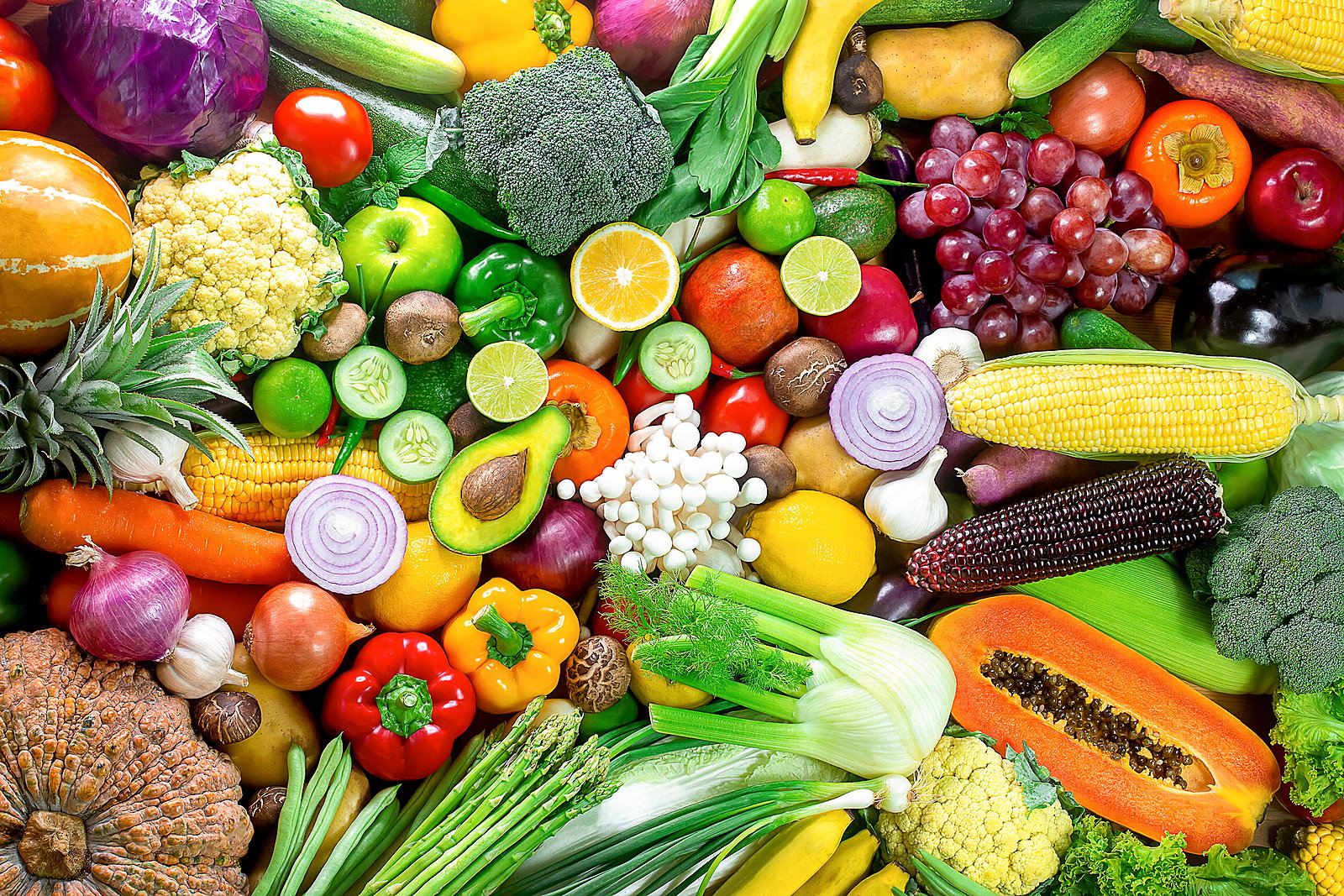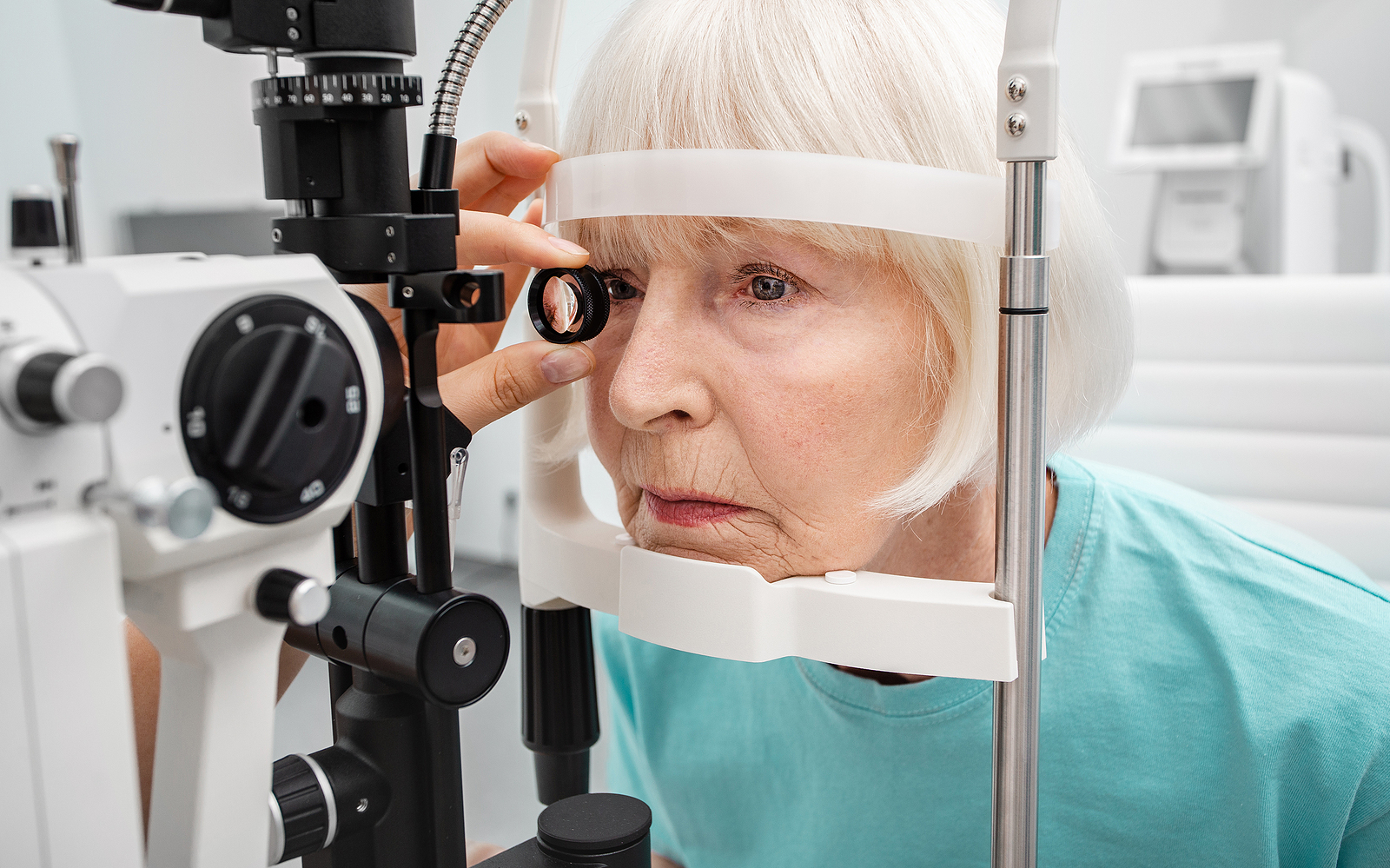Fruits and Vegetables May Help Prevent Cataracts, Study Shows

The vitamins and carotenoids in red, orange, and yellow fruits and vegetables have been found to lower the risk of age-related cataracts.
Big news in the world of eye health: researchers from Xi’an Jiaotong University in China and the University of South Australia have confirmed that eating a diet rich in colorful fruits and vegetables can help prevent cataracts.
Their meta-analysis of 20 studies showed that the carotenoids found in fruits and vegetables with red, orange, and yellow pigments can considerably lower one’s risk of developing age-related cataracts (ARC). In fact, by adding just 10 mg of citrus fruits, red bell peppers, carrots, tomatoes, or dark green vegetables like spinach, broccoli, and kale to their daily diet, a person can reduce their risk of ARC by around 26%.
Eating for Cataract Prevention
The study has major implications for global eye health. “Age-related cataracts are the leading cause of visual impairment among the elderly throughout the world, with unoperated cataracts contributing to 35% of all blindness,” says one of the study’s lead researchers. “Although cataract extraction surgery is an effective method to restore vision, it will have cost society more than $5.7 billion by 2020.”
While there have been other studies that have shown that diet can help overall eye health, this study is the first to conclusively link certain vitamins and carotenoids with a reduction in cataract risk. The researchers found that a proper diet helped reduce the oxidative stress that damages the enzymes and proteins that naturally occur in the eye’s lens, causing the lens to become cloudy.
For anyone worried about their eye health, various studies suggest eating a diet rich in antioxidant vitamins and omega-3 fatty acids. Fruits and vegetables that include vitamins A, C, and E are all good options, as are avocados and some fish. Generally speaking, a good diet includes five to nine servings of fruits and vegetables per day, at least three servings of 100% whole grains per day, and two servings of fish per week. In light of this newest study, make sure some of your servings of fruit and vegetables are yellow, orange, or red.
Treatment Options for Cataracts
The only way to regain clear vision once cataracts are present is through surgery. While there are nonsurgical steps you can take to improve your vision before your cataracts reach an advanced stage, surgery will eventually become necessary if you want to eliminate your symptoms completely.
These symptoms can include cloudy or blurry vision, sensitivity to light, poor night vision, and double vision. For patients who begin to experience these symptoms, new eyeglasses or special contact lenses can help alleviate some of their vision issues. Wearing sunglasses and protecting your eyes by taking a range of preventative measures can also help slow down the development of cataracts.
Once cataracts start to significantly impact your lifestyle, it may be time to consider cataract surgery — most eye surgeons will authorize or recommend cataract surgery once your vision is 20/50 or worse. Cataract surgery is a fairly common procedure with a high rate of success, and over 3 million procedures are performed in the United States every year.
After the age of 60, cataracts become much more common and cause vision problems that often necessitate surgery. No matter what age you are, though, make sure you are maintaining a healthy diet and lifestyle to support your vision. To learn more about treatment options and cataract prevention, request an appointment with an eyecare specialist at our Mesa and Chandler locations today!









